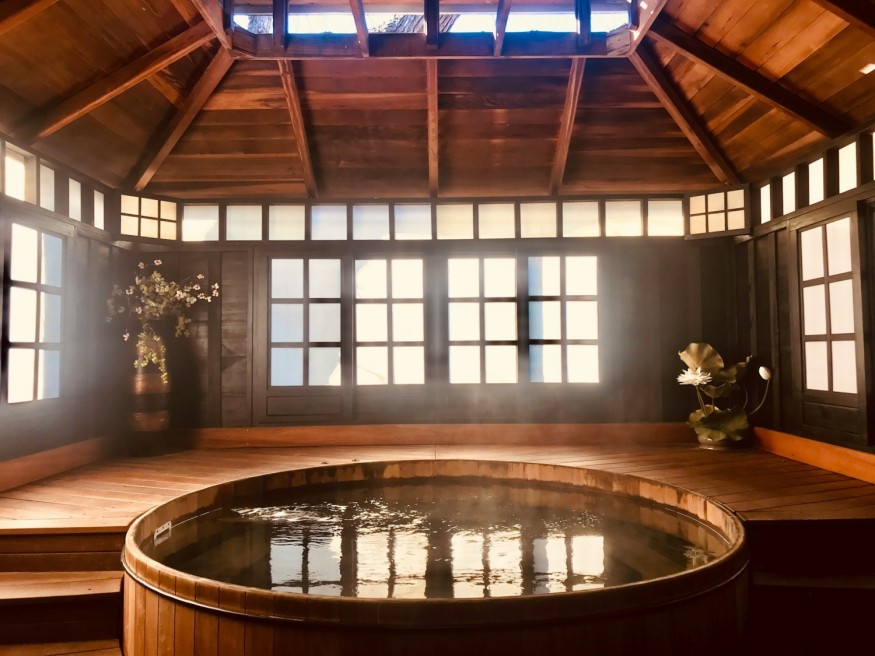Hot tub lung could be an unfamiliar medical term for most people but health experts warn that it is a health condition caused by waterborne bugs, called "mycobacteria," that thrive in hot tubs. Considered a unique lung disease, the condition causes potentially life-threatening asthma-like symptoms. It can be contracted when a person breathes in bacteria-contaminated liquid or solid droplets floating in the air.
Earlier this year, experts warn that the "hot tub lung disease" is a real medical condition. Specifically, the respiratory disease can be triggered by the microbes myobacteria, as mentioned earlier. This bacterium belongs to the same family of bacteria that causes the infection tuberculosis (TB), with the latter claiming the lives of 1.3 million people in 2022, according to the World Health Organization (WHO).
Hot Tub Lung Condition

The hot tub lung bacteria are also responsible for causing hypersensitivity pneumonitis or extrinsic allergic alveolitis, among other non-tuberculous mycobacteria. These health conditions are newly described diseases in literature, according to the American Thoracic Society (ATS). In this context, hot tubs have become an ideal environment for waterborne bugs which can be mixed with air or water aerosols produced by hot water.
In a previous medical report by the ATS, a 46-year-old woman experienced for two weeks chest discomfort, cough, shortness of breath, and myalgias, which pertained to muscle aches and pain. During the patient's admission, it was found that she had been using an indoor hot tub at her home for the last four years and only changed the water in the tub once or twice a year.
According to the Pulmonary Fibrosis Foundation, the most common hot tub lung symptoms are cough and shortness of breath, which often occur following exposure to contaminated water. In addition, the most common class of bacteria linked with hot tub lung or HTL is the "non-tuberculous mycobacterium." Although the mycobacteria do not cause tuberculosis, it can cause pulmonary disease, the foundation says.
Legionnaires' Disease
Many microorganisms can thrive in warm hot tub environments, including the bacteria called Legionella. This is a germ that can cause a severe type of pneumonia called Legionnaires' disease. According to the Centers for Disease Control and Prevention (CDC), hot tubs or spas can spread Legionella, which can be found naturally in freshwater environments such as lakes and streams, as well as other water reservoirs.
Since the said bacteria can thrive in aquatic habitats, it only means that even human-made water systems are not exempted. The CDC says that Legionella can also be found in cooling towers, decorative fountains, and plumbing systems. Furthermore, the US health body outlines the following groups of people that are more likely to get the potentially life-threatening Legionnaires' disease:
- People aged 50 years and above
- Current or former smokers
- Individuals with chronic lung disease
- Persons with immune system problems
© 2025 NatureWorldNews.com All rights reserved. Do not reproduce without permission.





